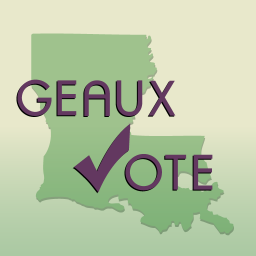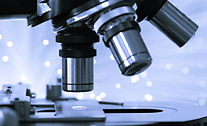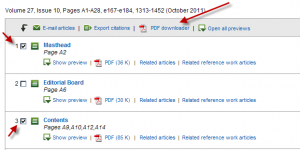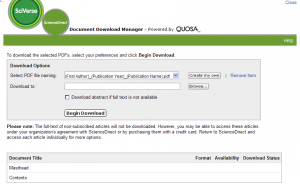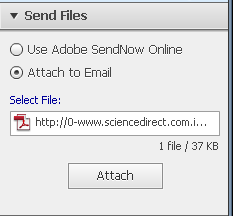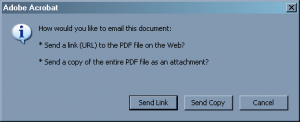November Display Looks at Diabetes
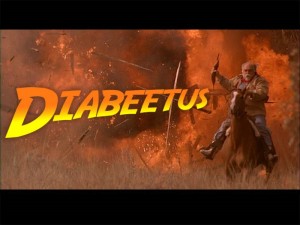 November is National Diabetes Awareness Month, as promoted by the American Diabetes Association. Join the Association in promoting diabetes screening, and in the encouragement of effective treatment, management, and prevention. The LibraryÔÇÖs featured books display for November (located on the 3rd floor next to the Library elevator) emphasizes materials which address various aspects of the condition. These are:
November is National Diabetes Awareness Month, as promoted by the American Diabetes Association. Join the Association in promoting diabetes screening, and in the encouragement of effective treatment, management, and prevention. The LibraryÔÇÖs featured books display for November (located on the 3rd floor next to the Library elevator) emphasizes materials which address various aspects of the condition. These are:
Angel, Aubie, et al. Diabetes and cardiovascular disease: etiology, treatment, and outcomes. Advances in experimental medicine and biology, v.498.
Wilson, Ted, and Norman J.Temple. Nutritional health: strategies for disease prevention (2001).
Bode, Bruce W. Medical management of type 1 diabetes (2004).
Fonseca, Vivian A. Clinical diabetes: translating research into practice (2006).
Jack, Leonard, editor. Diabetes in Black America: public health and clinical solutions to a national crisis (2010).
Porte, Daniel, and Robert S.Sherwin and Alain Baron. Rifkin’s diabetes mellitus (2003).
Watkins, Peter J. Diabetes and its management (2003).
Wolfsdorf, Joseph, editor. Intensive diabetes management (2009).
Kahn, C. Ronald, et al. Joslin’s diabetes mellitus (2005).
Keane, Maureen, and Daniella Chace. What to eat if you have diabetes: a guide to adding nutritional therapy to your treatment plan (1999).
Hollenberg, Morley D., editor. Insulin: its receptor and diabetes (1985). Sponsored by the Julia McFarlane Diabetes Research Unit, University of Calgary Faculty of Medicine, Calgary, Alberta, Canada.
Brodoff, Bernard N., and Sheldon J.Bleicher, editors. Diabetes mellitus and obesity (1982).
Dyck, Peter James, and P.K.Thomas. Diabetic neuropathy (1999).
Marso, Steven P., and David M.Stern, editors. Diabetes and cardiovascular disease: integrating science and clinical medicine (2004).
Scanlon, Peter H., et al. A practical manual of diabetic retinopathy management (2009).
Veves, Aristidis, and John M. Giurini and Frank W. LoGerfo, editors. The diabetic foot (2006).
American Association of Diabetes Educators (AADE), American Nurses Association (ANA). Scope and standards of diabetes nursing practice (2003).
Guthrie, Diana W., and Richard A. Guthrie, editors. Nursing management of diabetes mellitus: a guide to the pattern approach (2002).

 myLSUHSC
myLSUHSC